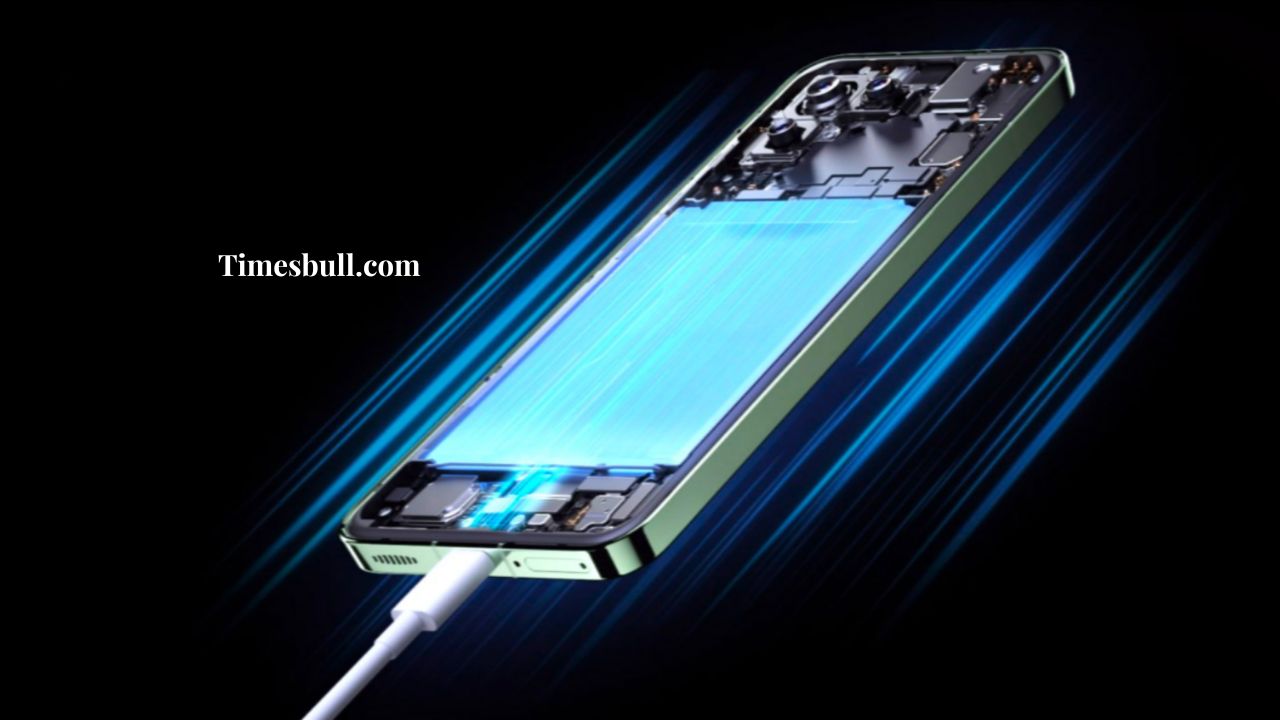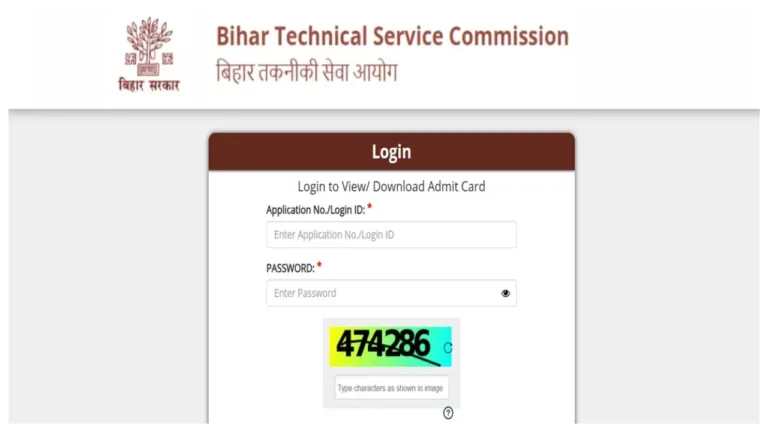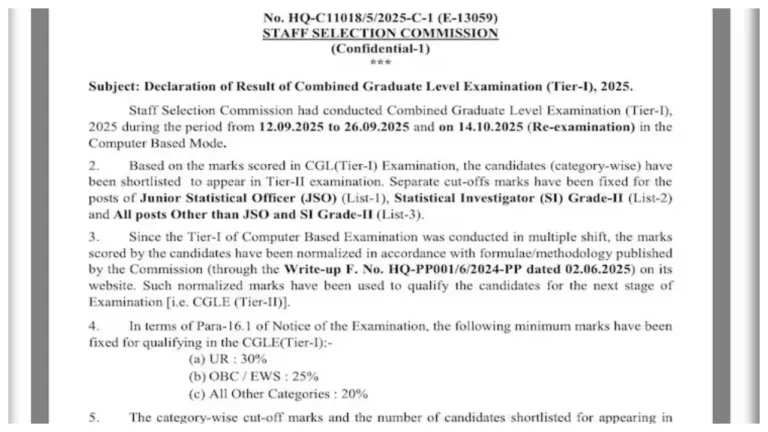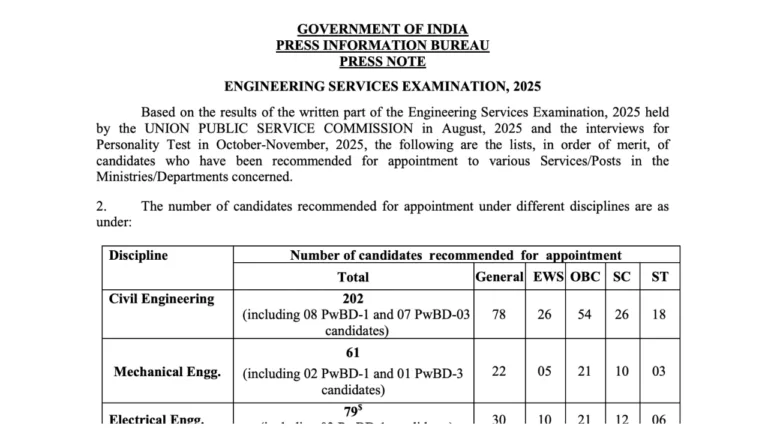Silicon-Carbon Battery Technology: Battery life has historically been the limiting factor for smartphones. As smartphones have grown more powerful, consumers have grappled with the battery life vs. performance tradeoff. Yet in 2025, the mobile ecosystem is undergoing a revolution.
Read More: Xiaomi 14 Ultra vs Oppo Find X8 Pro: Chinese Flagship Fight
Read More: Google Pixel 9 Pro vs Asus ROG Phone 9: AI vs Gaming
Battery Evolution Is Finally Catching Up
Today, every type of phone, from budget to foldable, is crossing the 6,000mAh battery barrier. This is not merely an instance of filling phones with larger batteries. This is being spurred on by innovation in silicon-carbon battery technology that has higher energy density, is more secure, and charges quicker than legacy lithium-ion cells.
Battery Anxiety Is Getting Addressed
Battery anxiety is something nearly every user faces, whether they’re gaming, attending virtual meetings, or creating content on the go. High-refresh-rate screens, 5G, and power-hungry apps demand more energy than ever. Even fast charging can’t always compensate when you’re away from a plug. Bigger batteries are becoming a basic need, not a luxury.
Realme’s 10,000mAh Phone Changes the Game
Realme recently unveiled a concept phone with a humongous 10,000mAh battery in an 8.5mm slim frame weighing just 212 grams. How is this possible? Silicon-anode cells coupled with a Mini Diamond Architecture motherboard. The technology has 887Wh/L energy density and 100W charging support, shattering phone engineering rules.
The Silicon-Carbon Revolution Has Begun
Silicon-carbon anodes are unlocking unprecedented improvements in battery performance. With better thermal control and smaller form factors, manufacturers can now squeeze more power into thinner, lighter phones. This tech is already present in Xiaomi’s Redmi Turbo 4 Pro, which packs a 7,550mAh battery in a sleek body.
Mainstream Brands Are Jumping In
From Vivo and iQOO to Oppo, Infinix, and Realme, other Android players are increasing battery capacities. Even flip phones, previously constrained by size, are now being sent out with batteries over 4,000mAh. The silicon-carbon transition is making this possible on both mid-tier and flagship devices.
Apple and Samsung Are Still Playing Catch-Up
Even as they dominate the market, Apple and Samsung have not yet implemented silicon-carbon batteries in their flagship devices. Although they use software optimization and customized chips for optimization, battery sizes remain relatively moderate. With competition blowing past 6,000mAh, expectations of actual hardware innovation are increasing.
Why Big Batteries Are More Than Just a Spec
Big batteries now do not equal longer screen life. They power smoother use of AI, seamless gameplay, and workdays that last longer. With larger screens, in-device processing, and battery-guzzling apps the new norm, big batteries are the next natural progression.
Conclusion: Bigger Is the Future
Thanks to silicon-carbon tech and clever engineering, we’re entering an era where big batteries no longer require bulky phones. In 2025, this shift is turning into a standard, not just a feature, for the next generation of smartphones.










